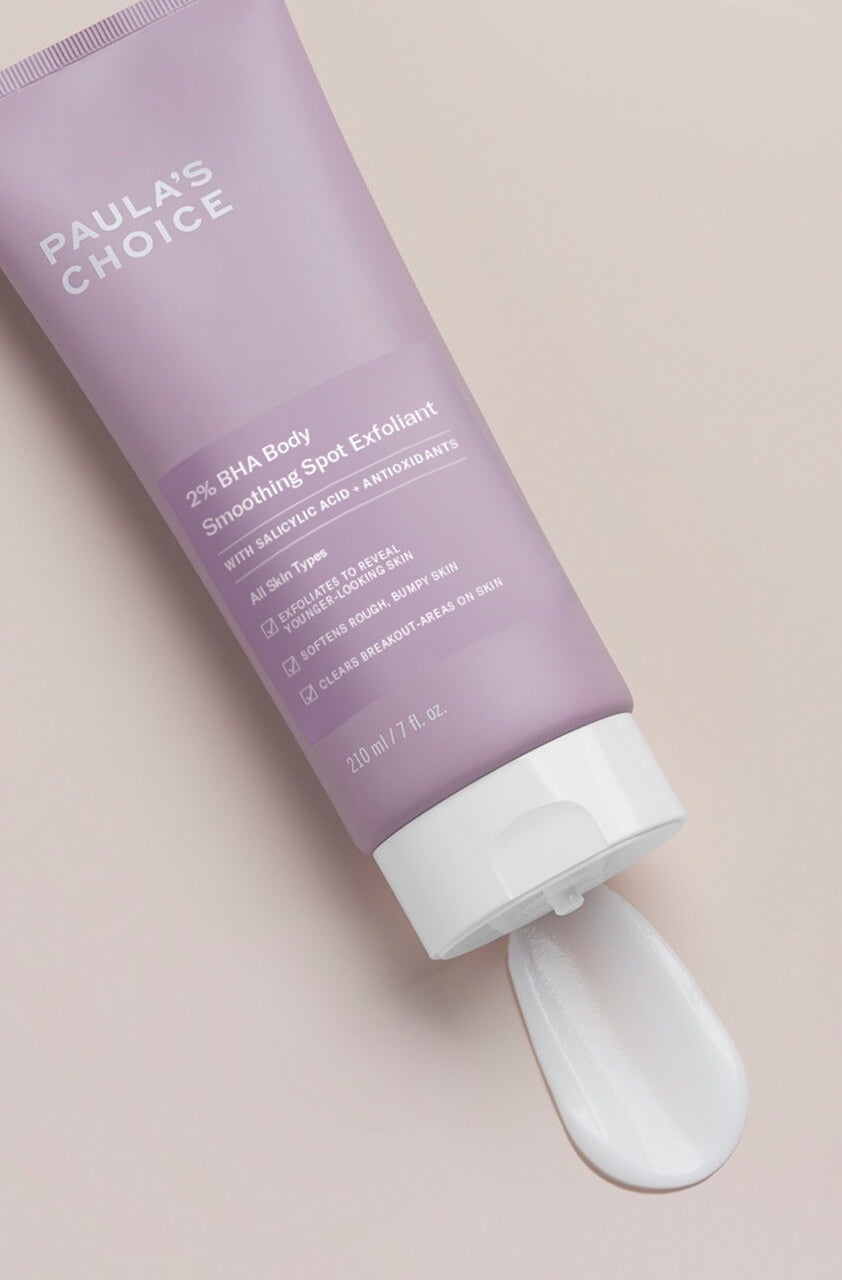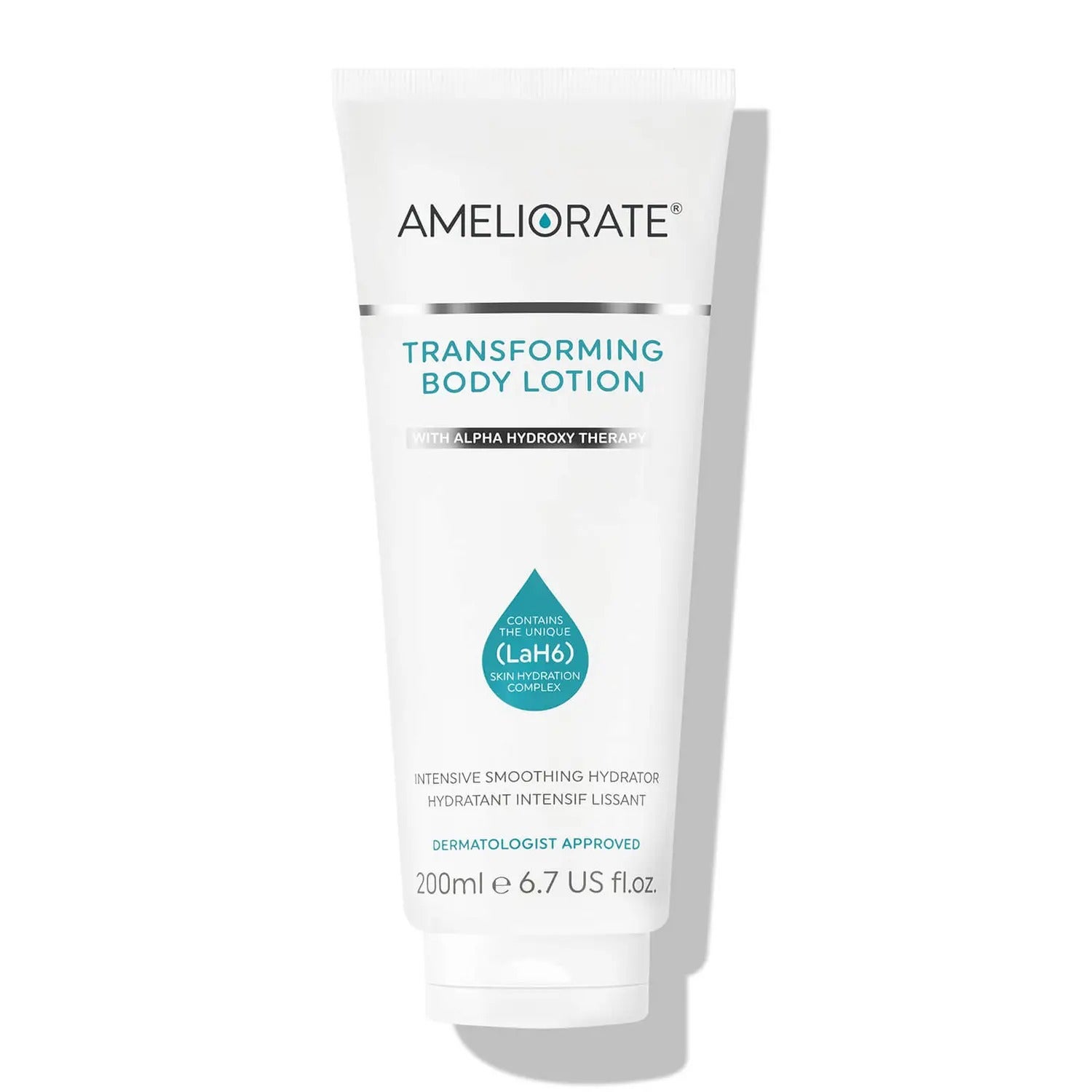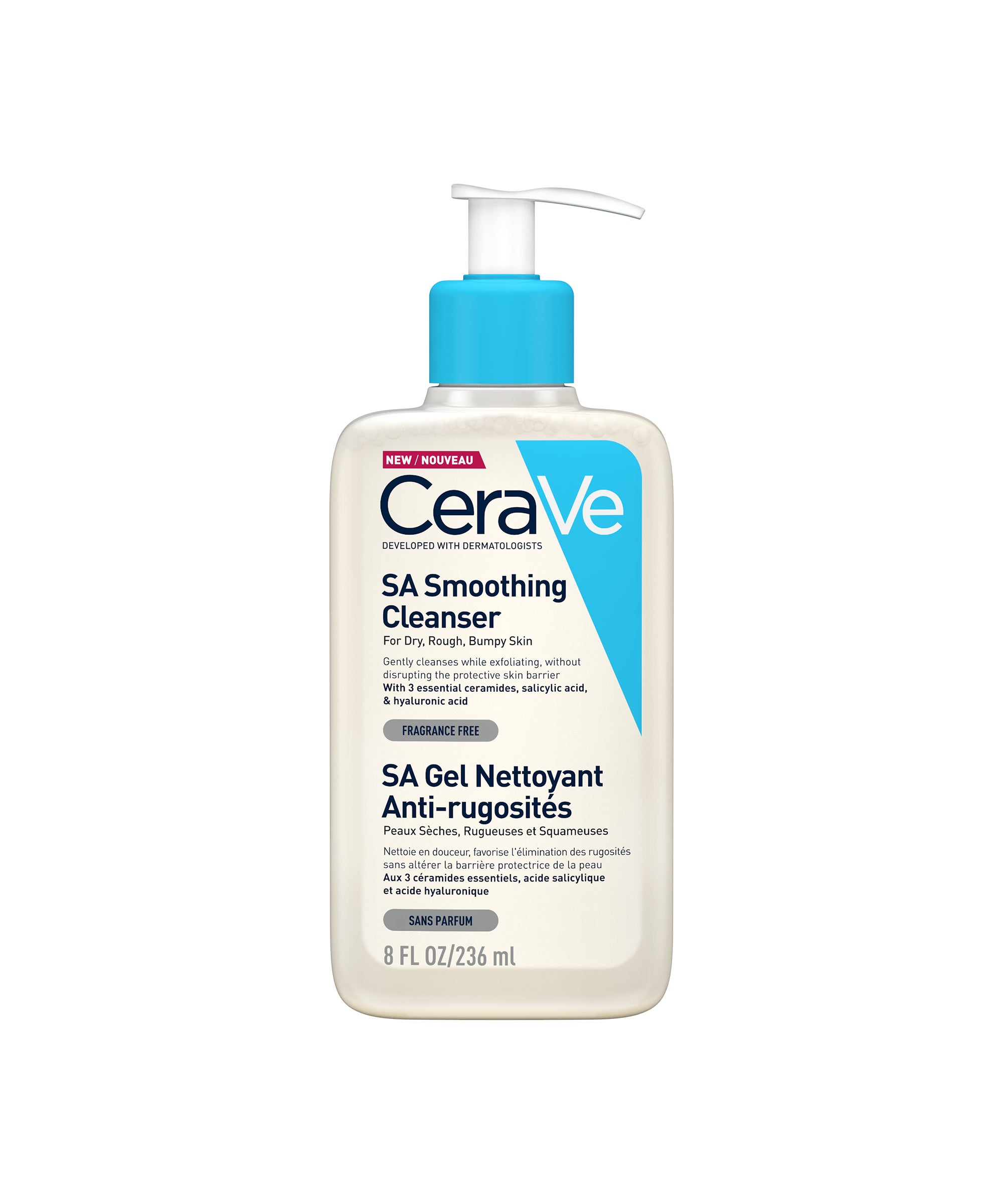We Need To Talk About ‘Strawberry Legs’, TikTok’s Absurd Body Trend
What are 'strawberry legs'?
The emotional burden of achieving a specific look is one thing. When it comes to treating 'strawberry legs', people are at risk of harming their skin to a worrying extent.
Is treatment for 'strawberry legs' safe?
Harming the skin's barrier by over-exfoliating can worsen dryness, dehydration and may even lead to rashes, reactions and, in severe cases, chemical burns.
Women of colour, who may experience increased pigmentation due to the presence of melanin, are pushing back on the 'strawberry legs' trend.









